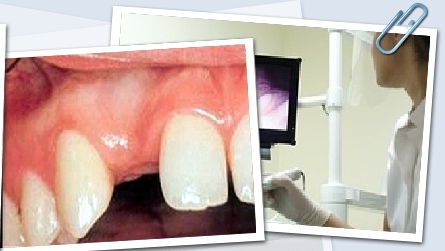| |
Sometimes a tooth is too loose or there is too much damage for the tooth to be restored. In that case, the tooth will need to be extracted. Tooth extraction is simply the removal of a tooth from its socket in the bone.
There are other potential reasons why a may need to be removed. Some such reasons are:
- Extra teeth that are in the way of other teeth coming in; this is often the case when baby teeth don't fall out in time
- People getting braces may need teeth extracted to create room for the teeth that are being moved into place
- Wisdom Teeth will need to be removed if they are impacted, decayed or cause pain
- Some teeth, however, may need to be extracted if they could become a source of infection. Oral infections such as a periodontal abscess, when let go too long, can become a systemic infection. Once free, the bacteria can cause serious complication like:
- Heart and blood vessel disease
- Respiratory problems
- Swallowing complications
- Infection and fever including Septicemia People with weakened immune systems, like those with recent organ transplants or people receiving radiation are particularly susceptible
Before removing a tooth, you will be given a local anesthetic to numb the area where the tooth will be removed. To remove the tooth, your dentist will open up the gum tissue over the tooth and take out any bone that is covering the tooth. He or she will separate the tissue connecting the tooth to the bone and then remove the tooth. Sometimes the dentist will cut the tooth into smaller pieces to make it easier to remove. After the tooth is removed, you may need stitches. Some stitches dissolve over time and some have to be removed after a few days. Your dentist will tell you whether your stitches need to be removed. A folded cotton gauze pad placed over the wound will help stop the bleeding.
~ Family & Cosmetic Dentistry ~
JOHN C. MELUCCI, D.D.S. ~ 3733 Poplar Avenue ~ Castle Shannon, PA 15234
Phone: 412.531.6804 ~ Email: jcmeluccidds@comcast.net
www.meluccidds.com
What To Expect After Surgery
|



























